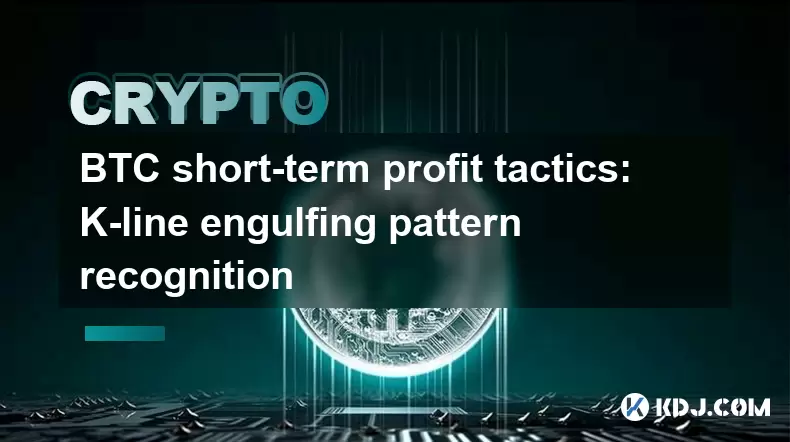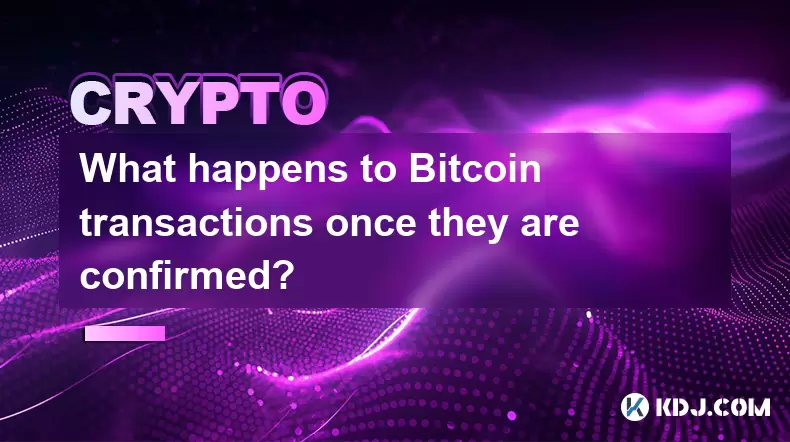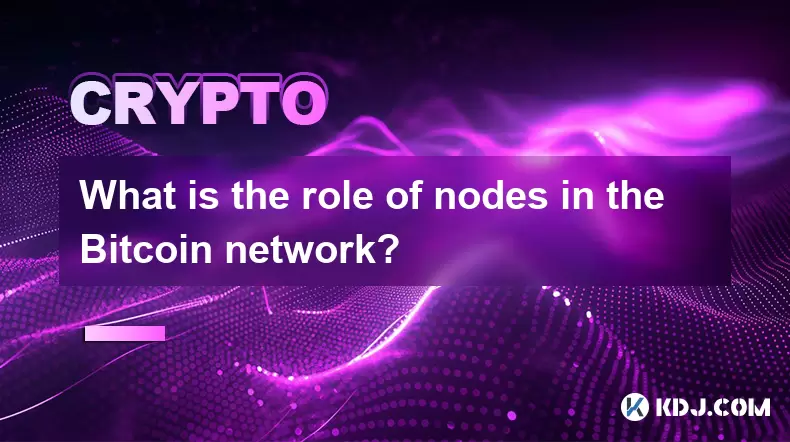-
 Bitcoin
Bitcoin $116400
-0.36% -
 Ethereum
Ethereum $4033
3.40% -
 XRP
XRP $3.302
-1.26% -
 Tether USDt
Tether USDt $1.000
-0.02% -
 BNB
BNB $796.1
1.67% -
 Solana
Solana $177.8
1.89% -
 USDC
USDC $0.9999
0.00% -
 Dogecoin
Dogecoin $0.2314
4.09% -
 TRON
TRON $0.3381
0.14% -
 Cardano
Cardano $0.7989
1.22% -
 Stellar
Stellar $0.4496
-1.84% -
 Chainlink
Chainlink $20.42
9.42% -
 Hyperliquid
Hyperliquid $41.17
0.88% -
 Sui
Sui $3.914
3.77% -
 Bitcoin Cash
Bitcoin Cash $584.7
1.52% -
 Hedera
Hedera $0.2632
-0.54% -
 Avalanche
Avalanche $24.09
3.40% -
 Ethena USDe
Ethena USDe $1.001
-0.02% -
 Litecoin
Litecoin $123.2
1.33% -
 Toncoin
Toncoin $3.318
-0.04% -
 UNUS SED LEO
UNUS SED LEO $8.984
-0.05% -
 Shiba Inu
Shiba Inu $0.00001323
2.85% -
 Uniswap
Uniswap $10.90
4.41% -
 Polkadot
Polkadot $3.999
3.34% -
 Dai
Dai $1.000
0.01% -
 Cronos
Cronos $0.1630
9.64% -
 Bitget Token
Bitget Token $4.484
0.82% -
 Monero
Monero $272.4
2.44% -
 Pepe
Pepe $0.00001173
6.03% -
 Aave
Aave $290.8
2.88%
BTC short-term profit tactics: K-line engulfing pattern recognition
Use K-line engulfing patterns to spot BTC short-term profit opportunities; combine with other indicators for better results and manage risk effectively.
Jun 02, 2025 at 05:00 am

BTC Short-Term Profit Tactics: K-Line Engulfing Pattern Recognition
Trading Bitcoin (BTC) in the short term requires a keen understanding of various technical analysis tools. Among these, the K-line engulfing pattern stands out as a powerful indicator that can help traders identify potential entry and exit points. This article delves into the intricacies of recognizing and utilizing the K-line engulfing pattern for short-term profits in the BTC market.
Understanding the K-Line Engulfing Pattern
The K-line, or candlestick, chart is a popular tool among traders for visualizing price movements. The engulfing pattern is a specific formation on the K-line chart that signals a potential reversal in the current trend. It consists of two candlesticks: the first candlestick is engulfed by the second, indicating a strong shift in market sentiment.
There are two types of engulfing patterns: bullish and bearish. A bullish engulfing pattern occurs when a small bearish candlestick is followed by a larger bullish candlestick that completely engulfs the body of the previous candlestick. Conversely, a bearish engulfing pattern is formed when a small bullish candlestick is followed by a larger bearish candlestick that engulfs the body of the previous candlestick.
Identifying Bullish Engulfing Patterns
To effectively use the bullish engulfing pattern for short-term profits, traders must be able to identify it accurately. Here are the steps to recognize a bullish engulfing pattern on a BTC K-line chart:
- Look for a downtrend: The bullish engulfing pattern is most effective when it occurs after a period of declining prices. This indicates that the bearish momentum might be weakening.
- Identify the first candlestick: The first candlestick in the pattern should be a small bearish candlestick, signaling continued selling pressure.
- Spot the second candlestick: The second candlestick should be a larger bullish candlestick that completely engulfs the body of the first candlestick. This suggests a strong buying interest that has overcome the previous selling pressure.
- Confirm the pattern: For added confirmation, traders can look for increased trading volume on the second candlestick, which indicates stronger market participation in the potential reversal.
Utilizing Bullish Engulfing Patterns for Short-Term Profits
Once a bullish engulfing pattern is identified, traders can use it to initiate short-term trades. Here’s how to leverage this pattern for potential profits:
- Enter the trade: Place a buy order at the opening price of the next candlestick after the bullish engulfing pattern. This allows traders to enter the market at the earliest sign of a potential uptrend.
- Set a stop-loss: To manage risk, set a stop-loss order just below the low of the bullish engulfing pattern. This helps limit potential losses if the market moves against the trade.
- Determine a take-profit level: Identify a reasonable take-profit level based on recent resistance levels or using a risk-reward ratio. A common approach is to aim for a profit that is at least twice the size of the stop-loss.
Identifying Bearish Engulfing Patterns
Similar to the bullish engulfing pattern, the bearish engulfing pattern can be used to identify potential short-term selling opportunities. Here’s how to recognize a bearish engulfing pattern on a BTC K-line chart:
- Look for an uptrend: The bearish engulfing pattern is most effective when it occurs after a period of rising prices. This indicates that the bullish momentum might be weakening.
- Identify the first candlestick: The first candlestick in the pattern should be a small bullish candlestick, signaling continued buying pressure.
- Spot the second candlestick: The second candlestick should be a larger bearish candlestick that completely engulfs the body of the first candlestick. This suggests a strong selling interest that has overcome the previous buying pressure.
- Confirm the pattern: For added confirmation, traders can look for increased trading volume on the second candlestick, which indicates stronger market participation in the potential reversal.
Utilizing Bearish Engulfing Patterns for Short-Term Profits
Once a bearish engulfing pattern is identified, traders can use it to initiate short-term trades. Here’s how to leverage this pattern for potential profits:
- Enter the trade: Place a sell order at the opening price of the next candlestick after the bearish engulfing pattern. This allows traders to enter the market at the earliest sign of a potential downtrend.
- Set a stop-loss: To manage risk, set a stop-loss order just above the high of the bearish engulfing pattern. This helps limit potential losses if the market moves against the trade.
- Determine a take-profit level: Identify a reasonable take-profit level based on recent support levels or using a risk-reward ratio. A common approach is to aim for a profit that is at least twice the size of the stop-loss.
Practical Example of Using Engulfing Patterns
Let’s walk through a practical example of using the engulfing pattern to trade BTC for short-term profits. Suppose you are monitoring the BTC/USD pair on a 1-hour chart and notice the following:
- Bullish Engulfing Pattern Example:
- The BTC/USD pair has been in a downtrend for the past few hours.
- A small bearish candlestick forms, followed by a larger bullish candlestick that engulfs the previous one.
- The volume on the bullish candlestick is significantly higher than the average volume.
In this scenario, you would:
Place a buy order at the opening price of the next candlestick.
Set a stop-loss just below the low of the bullish engulfing pattern.
Aim for a take-profit level based on recent resistance or a favorable risk-reward ratio.
Bearish Engulfing Pattern Example:
- The BTC/USD pair has been in an uptrend for the past few hours.
- A small bullish candlestick forms, followed by a larger bearish candlestick that engulfs the previous one.
- The volume on the bearish candlestick is significantly higher than the average volume.
In this scenario, you would:
- Place a sell order at the opening price of the next candlestick.
- Set a stop-loss just above the high of the bearish engulfing pattern.
- Aim for a take-profit level based on recent support or a favorable risk-reward ratio.
Combining Engulfing Patterns with Other Indicators
While the engulfing pattern can be a powerful tool on its own, combining it with other technical indicators can enhance its effectiveness. Here are a few indicators that can be used in conjunction with engulfing patterns:
- Moving Averages: Using moving averages can help confirm the trend direction. For example, if a bullish engulfing pattern forms near a moving average support level, it can provide additional confidence in the potential reversal.
- Relative Strength Index (RSI): The RSI can help identify overbought or oversold conditions. A bullish engulfing pattern that forms when the RSI is in oversold territory can signal a strong buying opportunity.
- Volume: As mentioned earlier, increased volume during the formation of an engulfing pattern can confirm the strength of the potential reversal.
Risk Management and Psychological Aspects
Effective trading is not just about recognizing patterns; it also involves proper risk management and psychological discipline. Here are some key points to consider:
- Risk-Reward Ratio: Always aim for a favorable risk-reward ratio. A common ratio is 1:2, where the potential profit is at least twice the size of the potential loss.
- Position Sizing: Determine the appropriate position size based on your overall trading capital and risk tolerance. Never risk more than a small percentage of your capital on a single trade.
- Emotional Discipline: Stick to your trading plan and avoid making impulsive decisions based on fear or greed. Emotional discipline is crucial for long-term success in trading.
Frequently Asked Questions
Q: Can engulfing patterns be used on different time frames?
A: Yes, engulfing patterns can be applied to various time frames, from 1-minute charts to daily charts. However, the effectiveness of the pattern may vary depending on the time frame and the specific market conditions.
Q: How reliable are engulfing patterns for predicting short-term price movements?
A: Engulfing patterns are considered reliable indicators of potential reversals, especially when confirmed by other technical indicators and increased trading volume. However, no single indicator is foolproof, and traders should always use a combination of tools and proper risk management.
Q: Should I use engulfing patterns in isolation or with other indicators?
A: It is recommended to use engulfing patterns in conjunction with other technical indicators to increase the probability of successful trades. Combining engulfing patterns with tools like moving averages, RSI, and volume analysis can provide a more comprehensive view of market conditions.
Q: How can I improve my skills in recognizing engulfing patterns?
A: Practice and experience are key to improving your skills in recognizing engulfing patterns. Spend time analyzing historical charts, and consider using a demo trading account to practice trading based on these patterns without risking real money. Additionally, staying updated with educational resources and market analysis can enhance your understanding and application of technical patterns.
Disclaimer:info@kdj.com
The information provided is not trading advice. kdj.com does not assume any responsibility for any investments made based on the information provided in this article. Cryptocurrencies are highly volatile and it is highly recommended that you invest with caution after thorough research!
If you believe that the content used on this website infringes your copyright, please contact us immediately (info@kdj.com) and we will delete it promptly.
- Decentralized Data: Taking the Driver's Seat in the Data Economy
- 2025-08-09 14:30:11
- Bitcoin vs. Gold: The Store-of-Value Showdown in the Digital Age
- 2025-08-09 14:30:11
- BlockDAG, Stellar, and Crypto Adoption: Navigating the Hype
- 2025-08-09 14:50:12
- Litecoin Price Surge: Riding the Wave of Institutional Interest and ETF Hopes
- 2025-08-09 14:50:12
- Chainlink's Wild Ride: Whales Are Still Loading Up on LINK!
- 2025-08-09 15:10:11
- Ruvi AI: Solana's New Challenger Dominating Token Sales with AI Innovation
- 2025-08-09 14:55:15
Related knowledge

Can the Bitcoin protocol be changed?
Aug 07,2025 at 01:16pm
Understanding the Bitcoin ProtocolThe Bitcoin protocol is the foundational set of rules that govern how the Bitcoin network operates. It defines every...

What happens to Bitcoin transactions once they are confirmed?
Aug 09,2025 at 05:22am
Understanding Bitcoin Transaction ConfirmationWhen a Bitcoin transaction is initiated, it is broadcast to the network and placed in a pool of unconfir...

How are Bitcoin transactions verified?
Aug 08,2025 at 06:57am
Understanding Bitcoin Transaction VerificationBitcoin transactions are verified through a decentralized network of nodes and miners that ensure the le...

How does decentralization make Bitcoin secure?
Aug 08,2025 at 09:35am
Understanding Decentralization in BitcoinDecentralization is a foundational principle of Bitcoin's architecture and plays a critical role in its secur...

What are some common misconceptions about Bitcoin?
Aug 07,2025 at 07:22pm
Bitcoin is Just Like Regular MoneyA widespread misconception is that Bitcoin functions identically to traditional fiat currencies like the US dollar o...

What is the role of nodes in the Bitcoin network?
Aug 08,2025 at 04:14pm
Understanding the Function of Nodes in the Bitcoin NetworkNodes are fundamental components of the Bitcoin network, serving as the backbone that ensure...

Can the Bitcoin protocol be changed?
Aug 07,2025 at 01:16pm
Understanding the Bitcoin ProtocolThe Bitcoin protocol is the foundational set of rules that govern how the Bitcoin network operates. It defines every...

What happens to Bitcoin transactions once they are confirmed?
Aug 09,2025 at 05:22am
Understanding Bitcoin Transaction ConfirmationWhen a Bitcoin transaction is initiated, it is broadcast to the network and placed in a pool of unconfir...

How are Bitcoin transactions verified?
Aug 08,2025 at 06:57am
Understanding Bitcoin Transaction VerificationBitcoin transactions are verified through a decentralized network of nodes and miners that ensure the le...

How does decentralization make Bitcoin secure?
Aug 08,2025 at 09:35am
Understanding Decentralization in BitcoinDecentralization is a foundational principle of Bitcoin's architecture and plays a critical role in its secur...

What are some common misconceptions about Bitcoin?
Aug 07,2025 at 07:22pm
Bitcoin is Just Like Regular MoneyA widespread misconception is that Bitcoin functions identically to traditional fiat currencies like the US dollar o...

What is the role of nodes in the Bitcoin network?
Aug 08,2025 at 04:14pm
Understanding the Function of Nodes in the Bitcoin NetworkNodes are fundamental components of the Bitcoin network, serving as the backbone that ensure...
See all articles

























































































